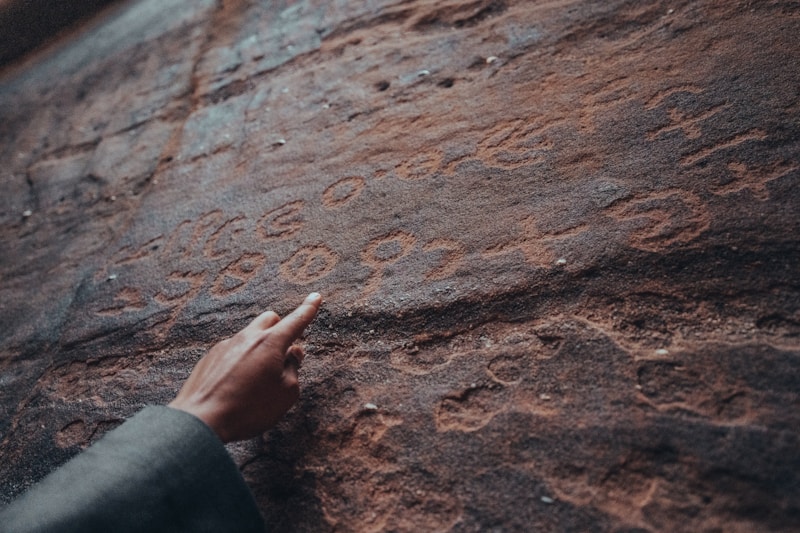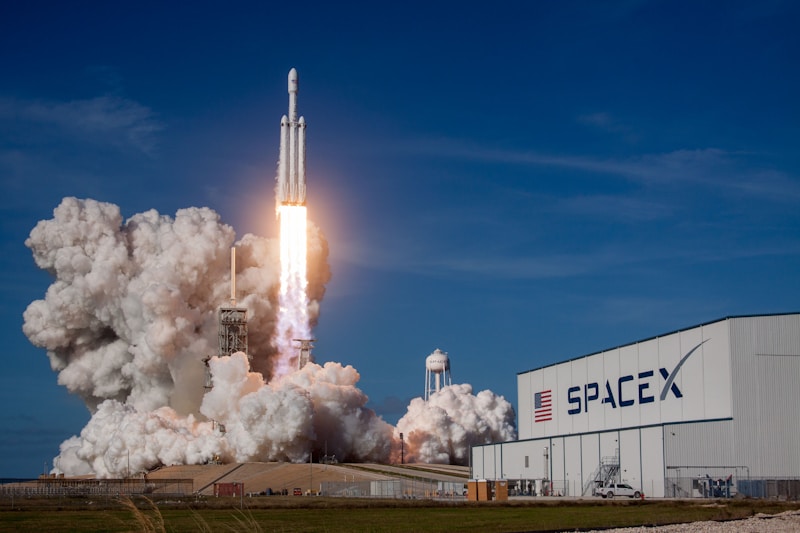9 Questions
What was the primary purpose of the Space Shuttle?
What were the components of the Space Shuttle?
What was the purpose of the Remote Manipulator System (RMS)?
What was the function of the Orbital Maneuvering System (OMS)?
What was the purpose of the thermal protection system (TPS)?
What was the primary landing site for the Space Shuttle?
How many complete Space Shuttle orbiter vehicles were built and flown on missions?
What happened to the Challenger and Columbia orbiters?
What was the purpose of the Space Shuttle Main Engine?
Summary
The Space Shuttle was a partially reusable low Earth orbital spacecraft system operated by NASA from 1981 to 2011 for various missions, including launching satellites, conducting science experiments, servicing the International Space Station, and participating in the Shuttle-Mir program with Russia. The Space Shuttle consisted of the Orbiter Vehicle, solid rocket boosters, and the expendable external tank. The Space Shuttle launched vertically, and the SRBs were jettisoned before the vehicle reached orbit, while the main engines continued to operate. The ET was jettisoned after orbit insertion, and the orbiter fired its OMS to deorbit and reenter the atmosphere. The orbiter was protected during reentry by its thermal protection system tiles and glided as a spaceplane to a runway landing, usually at KSC or Edwards Air Force Base. Five complete Space Shuttle orbiter vehicles were built and flown on a total of 135 missions from 1981 to 2011, and the fleet's total mission time was 1,323 days. Two orbiters, Challenger and Columbia, were lost in mission accidents, resulting in the deaths of 14 astronauts. The Space Shuttle was designed and developed based on the need for a reusable, heavy-lift spacecraft, and NASA issued a request for proposal for designs of the Integrated Launch and Re-entry Vehicle. NASA and the Air Force determined the design requirements of their respective services, and NASA reviewed 29 potential designs for the Space Shuttle before deciding on the final design with two side boosters and solid-propellant boosters. The development of the Space Shuttle Main Engine was delayed, and NASA experienced significant delays in the development of the Space Shuttle's thermal protection system, which used ceramic tiles for thermal protection. Enterprise was the first orbiter built and was designed as a test vehicle. Columbia was the first Space Shuttle to launch, and the first Space Shuttle mission, STS-1, was flown by John Young and Robert Crippen. NASA conducted three additional test flights with Columbia in 1981 and 1982 before declaring the Space Transportation System operational after STS-4.Key Facts about the Space Shuttle:
-
The Space Shuttle was the first operational orbital spacecraft designed for reuse.
-
Each Space Shuttle orbiter was designed for a projected lifespan of 100 launches or ten years of operational life, although this was later extended.
-
The Space Shuttle consisted of the orbiter, which contained the crew and payload, the external tank (ET), and the two solid rocket boosters (SRBs).
-
Responsibility for the Shuttle components was spread among multiple NASA field centers.
-
The crew of the Space Shuttle varied per mission and was divided into three categories: Pilots, Mission Specialists, and Payload Specialists.
-
The crew compartment comprised three decks and was the pressurized, habitable area on all Space Shuttle missions.
-
The Space Shuttle's fly-by-wire control system was entirely reliant on its main computer, the Data Processing System (DPS).
-
The payload bay comprised most of the orbiter vehicle's fuselage, and provided the cargo-carrying space for the Space Shuttle's payloads.
-
The Remote Manipulator System (RMS), also known as Canadarm, was a mechanical arm attached to the cargo bay.
-
The orbiter was equipped with an avionics system to provide information and control during atmospheric flight.
-
The orbiter used retractable landing gear with a nose landing gear and two main landing gear, each containing two tires.
-
The orbiter's vertical stabilizer was swept backwards at 45° and contained a rudder that could split to act as a speed brake.Overview of the Space Shuttle
-
The Space Shuttle was a reusable spacecraft system developed by NASA.
-
It consisted of an orbiter vehicle, two solid rocket boosters, and an external tank.
-
The orbiter vehicle had a robotic arm, a pressurized laboratory module called Spacelab, and three RS-25 engines.
-
The RS-25 engines were mounted on the orbiter's aft fuselage and used liquid oxygen and hydrogen.
-
The Orbital Maneuvering System (OMS) consisted of two AJ10-190 engines and was used for orbit changes and deorbit burn.
-
The thermal protection system (TPS) protected the orbiter from heat during reentry and consisted of four types of tiles.
-
The external tank contained separate tanks for liquid oxygen and liquid hydrogen and was jettisoned after main engine cutoff.
-
The solid rocket boosters provided 71.4% of the Space Shuttle's thrust during liftoff and ascent and were the largest solid-propellant motors ever flown.
-
The Space Shuttle's operations were supported by crawler-transporters, Shuttle Carrier Aircraft, Crew Transport Vehicle, and NASA Railroad.
-
The Space Shuttle launch preparation involved assembling the SRBs and attaching them to the external tank on the MLP, preparing the orbiter vehicle at the OPF, and mating the entire stack in the VAB.
-
The Space Shuttle mission profile involved liftoff, ascent, orbit insertion, on-orbit activities, reentry, and landing.
-
The Space Shuttle program operated from 1981 to 2011 and completed 135 missions, including servicing the Hubble Space Telescope and constructing the International Space Station.Summary of Space Shuttle Launch, Orbit, Re-entry and Landing
-
The liquid oxygen and hydrogen were loaded into the external tank via umbilicals that attached to the orbiter vehicle.
-
The launch commit criteria considered precipitation, temperatures, cloud cover, lightning forecast, wind, and humidity.
-
Two built-in holds at T−20 minutes and T−9 minutes provided scheduled breaks to address any issues and additional preparation.
-
At T+0.23 seconds, the SRBs built up enough thrust for liftoff to commence, and reached maximum chamber pressure by T+0.6 seconds.
-
Early missions used two firings of the OMS to achieve orbit.
-
The primary Space Shuttle landing site was the Shuttle Landing Facility at KSC.
-
The Space Shuttle flew from April 12, 1981, until July 21, 2011.
-
The Space Shuttle had 135 missions, of which 133 returned safely.
-
The type of mission the Space Shuttle was assigned to dictate the type of orbit that it entered.
-
The crew began preparing the orbiter vehicle for reentry by closing the payload doors, radiating excess heat, and retracting the Ku band antenna.
-
The orbiter vehicle maneuvered to an upside-down, tail-first orientation and began a 2–4 minute OMS burn approximately 20 minutes before it reentered the atmosphere.
-
The orbiter vehicle's reentry was defined as starting at an altitude of 120 km (400,000 ft), when it was traveling at approximately Mach 25.
Description
How much do you know about the iconic Space Shuttle? Take this quiz to test your knowledge of its design, components, and operations. From the orbiter vehicle to the solid rocket boosters, explore the technical details of this groundbreaking spacecraft system. Learn about its missions, including servicing the International Space Station and launching satellites, and the tragic accidents that occurred during its 30-year history. Challenge yourself with questions about the Space Shuttle's launch, orbit, re-entry, and landing. See how much you




